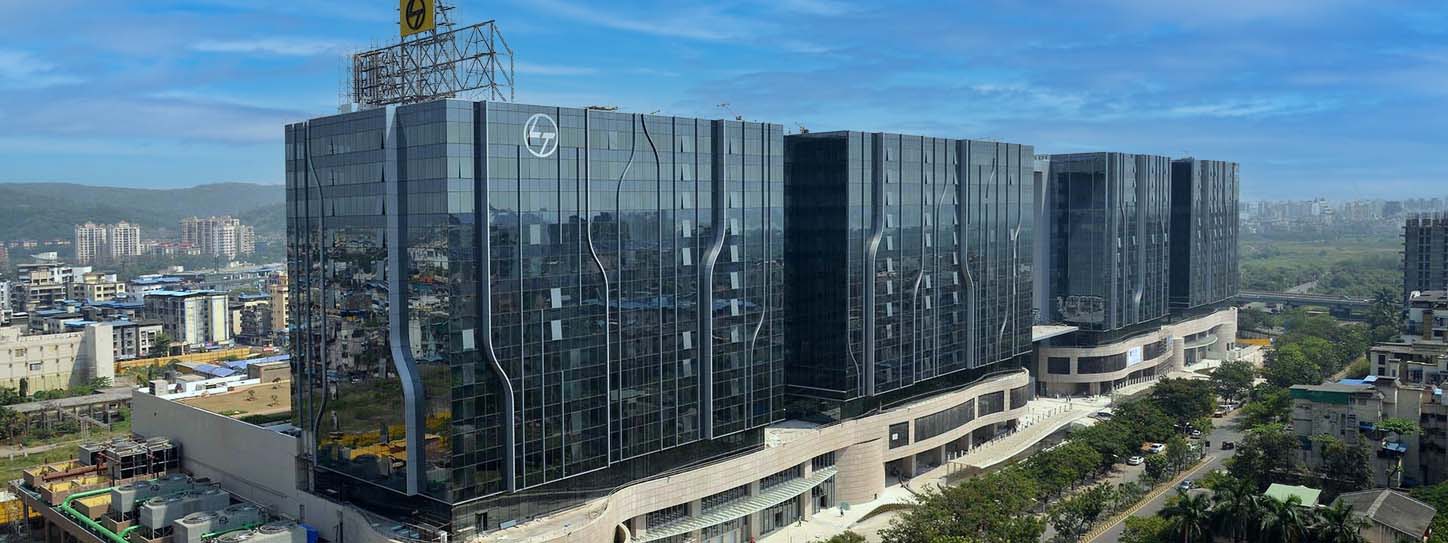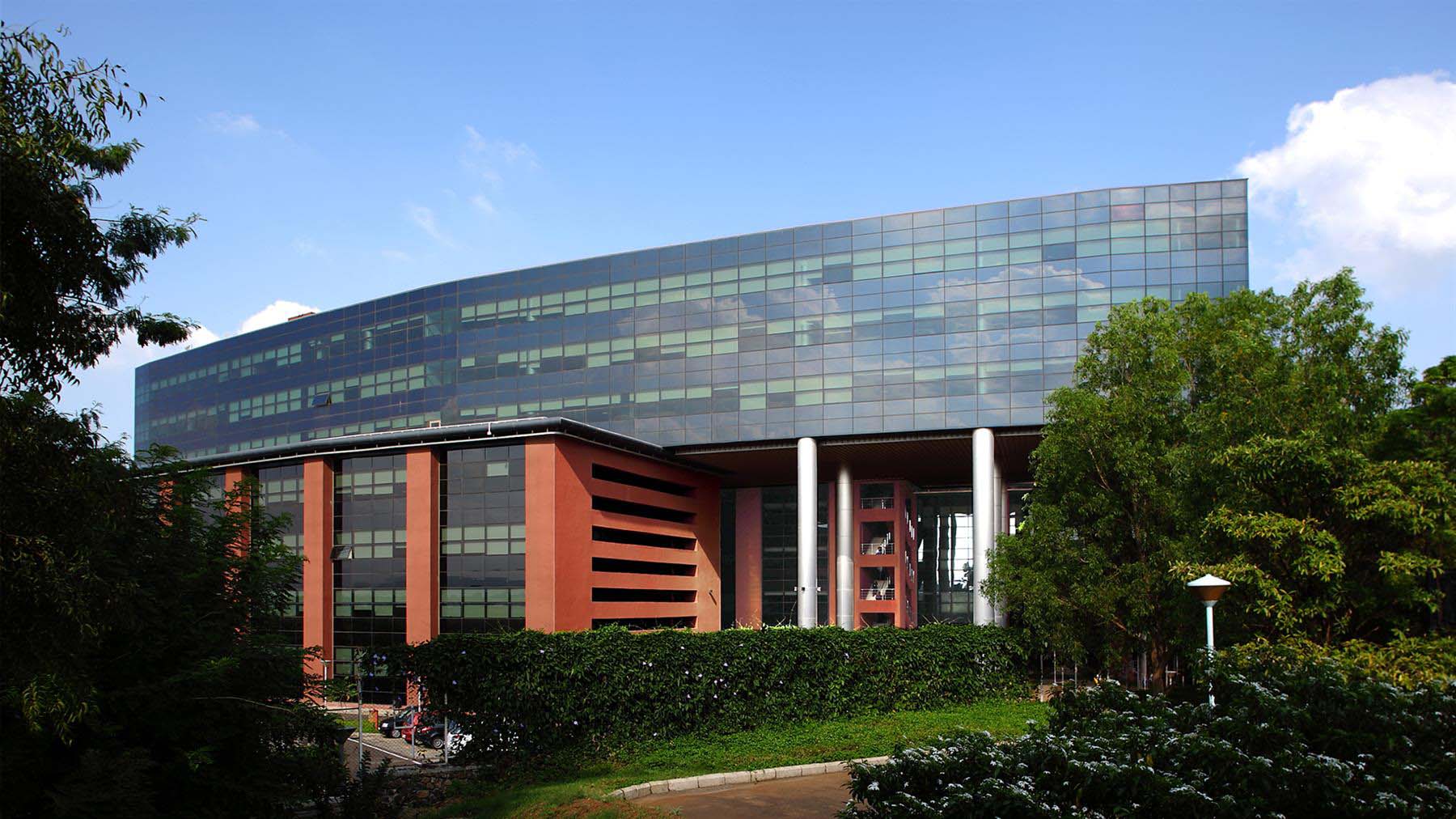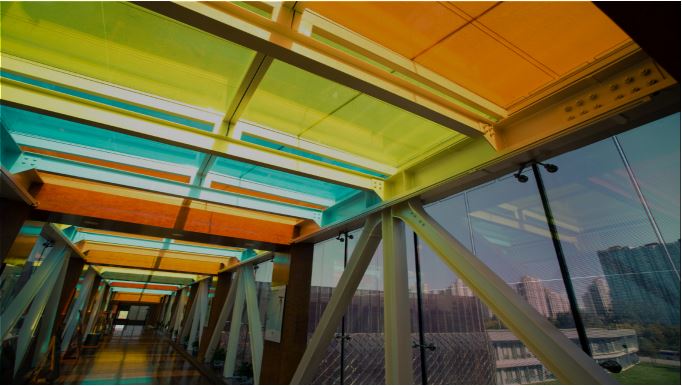Importance of Laminated Glass in Modern Architecture
Glass has always played a crucial role in architecture, providing a mix of functionality, aesthetics, and light management. In recent years, laminated glass has emerged as a preferred choice for many applications due to its exceptional safety, durability, and versatility. Whether it’s used in high-rise buildings, facades, skylights, or interior partitions, laminated glass is a key player in enhancing the performance and safety of modern structures.
In this blog, we’ll explore what laminated glass is, its benefits, and why it’s a vital material in contemporary architecture.
1. What is Laminated Glass?
Laminated glass consists of two or more layers of glass that are bonded together with an interlayer, typically made of polyvinyl butyral (PVB), ethylene-vinyl acetate (EVA), or SentryGlas. The interlayer holds the glass layers together even when they are broken, preventing shattering and significantly reducing the risk of injury. This “sandwich” structure offers unique properties that go beyond those of standard glass, making laminated glass an essential material for many architectural projects.
Unlike tempered or annealed glass, laminated glass doesn’t break into large, dangerous shards when impacted. Instead, the interlayer absorbs and disperses the energy from impacts, holding the fragments in place. This makes laminated glass an ideal solution for applications where safety, security, and durability are paramount.
2. Enhanced Safety and Security
One of the most important reasons laminated glass is widely used in modern architecture is its superior safety compared to regular glass. In the event of an impact, such as from a natural disaster, accidental breakage, or forced entry, the glass remains intact due to the PVB interlayer that holds the glass together. This significantly reduces the risk of injury from sharp glass shards, making it a common choice for skylights, windows, facades, doors, and overhead glazing.
Laminated glass is often used in environments where safety is a priority, such as:
- Public buildings: Schools, hospitals, and airports use laminated glass to protect occupants from injury in case of breakage.
- High-rise buildings: Laminated glass helps prevent glass from falling during breakage, which is crucial in skyscrapers and other tall buildings.
- Homes and offices: Residential and commercial buildings benefit from laminated glass's ability to provide protection from accidental damage or security breaches.
3. Security Against Forced Entry
In addition to safety, laminated glass provides an added layer of security. The interlayer makes it much harder for intruders to penetrate the glass. Even if the outer glass layer breaks, the interlayer remains intact, acting as a barrier that slows down or deters break-ins. This makes laminated glass a preferred choice for applications requiring heightened security, such as banks, jewelry stores, and high-end residential homes.
For architects designing buildings with high-security needs, laminated glass offers peace of mind, ensuring that both people and valuable assets are protected from threats like vandalism or theft.
4. Superior Soundproofing
Another advantage of laminated glass is its soundproofing qualities. The PVB or EVA interlayer used in laminated glass effectively dampens sound, making it an excellent choice for buildings located in noisy urban environments, near airports, railways, or high-traffic roads. By reducing external noise, laminated glass helps create more peaceful and comfortable interior spaces.
This soundproofing capability is particularly useful in:
- Office buildings: Ensuring a quiet and focused work environment by reducing outside noise.
- Hotels and residential buildings: Providing privacy and comfort by minimizing unwanted noise from streets or nearby buildings.
- Public spaces: Creating serene environments in libraries, hospitals, or performance halls, where low noise levels are critical.
5. Protection from UV Radiation
Laminated glass offers protection against harmful UV rays, which can cause fading and deterioration of interior furnishings, artwork, and fabrics. The interlayer in laminated glass blocks up to 99% of UV radiation, making it a great solution for buildings where sunlight exposure is a concern, such as:
- Museums and galleries: Preserving valuable artwork and historical objects from UV damage.
- Retail stores: Protecting merchandise from fading due to prolonged exposure to sunlight.
- Residential buildings: Preventing UV rays from damaging furniture, curtains, and flooring in homes with large glass windows.
6. Durability and Weather Resistance
Laminated glass is known for its durability, making it suitable for both interior and exterior applications. It is resistant to extreme weather conditions like storms, hurricanes, and even earthquakes. The interlayer holds the glass together even under severe stress, reducing the risk of glass breakage during such events. In coastal areas or regions prone to extreme weather, laminated glass is often specified to meet building codes and safety standards for impact resistance.
This feature makes laminated glass a popular choice in:
- Hurricane-prone areas: Where windows and doors must withstand high winds and flying debris.
- Earthquake zones: Where buildings need materials that can resist impact and vibrations without causing harm to occupants.
- Industrial applications: Where glass must be durable and resistant to wear from environmental factors like dust, chemicals, and moisture.
7. Versatile Design and Aesthetic Flexibility
While laminated glass is often chosen for its safety and security features, it also offers aesthetic versatility. Architects can customize laminated glass with various tints, colors, patterns, and textures, enabling it to fit seamlessly into any building design. Laminated glass can also be made transparent, translucent, or opaque, depending on the level of privacy or light control required.
This versatility allows laminated glass to be used in a wide variety of architectural applications, including:
- Curtain walls and facades: Offering both aesthetic appeal and safety in large, expansive glass surfaces.
- Glass floors and stairs: Providing a modern, sleek look while ensuring safety.
- Interior partitions: Enhancing both style and privacy in office spaces or residential areas.
8. Sustainability and Energy Efficiency
As sustainability becomes a central concern in modern architecture, laminated glass contributes to green building practices by offering thermal insulation properties. The interlayer in laminated glass can help reduce heat transfer, keeping interiors cooler in the summer and warmer in the winter. This leads to lower energy consumption and improved energy efficiency.
Additionally, laminated glass can be combined with Low-E coatings to further enhance its energy-saving properties, making it an excellent choice for buildings aiming to meet LEED or other green building certifications.
9. Applications of Laminated Glass in Architecture
The versatility and functional benefits of laminated glass make it suitable for a wide range of architectural applications:
- Skylights: Offering safety and UV protection while allowing natural light into the building.
- Windows and Doors: Enhancing security, soundproofing, and thermal insulation for residential and commercial buildings.
- Glass Canopies and Railings: Providing a sleek aesthetic while ensuring safety in outdoor spaces.
- Facades: Protecting buildings from environmental factors while creating striking visual designs.
- Interior Design: Used in partitions, staircases, and balustrades to blend form with function in modern interior spaces.
Why Laminated Glass is Essential in Architecture
Laminated glass offers a combination of safety, security, soundproofing, durability, and aesthetic flexibility that makes it indispensable in modern architectural design. Its ability to protect occupants from injury, provide enhanced security, and improve the energy efficiency of buildings makes laminated glass a must-have material for architects and builders.
Whether you’re designing a high-rise office building, a residential home, or a public facility, laminated glass provides the peace of mind, functionality, and beauty that today’s projects demand.
Interested in incorporating laminated glass into your next project? Contact FG Glass to explore our wide range of laminated glass solutions and discover how we can help you achieve superior safety, performance, and design flexibility.

You might also like
Feb 21, 2022 by TARIQ KACHWALA
Feb 21, 2022 by TARIQ KACHWALA
Feb 23, 2022 by TARIQ KACHWALA










